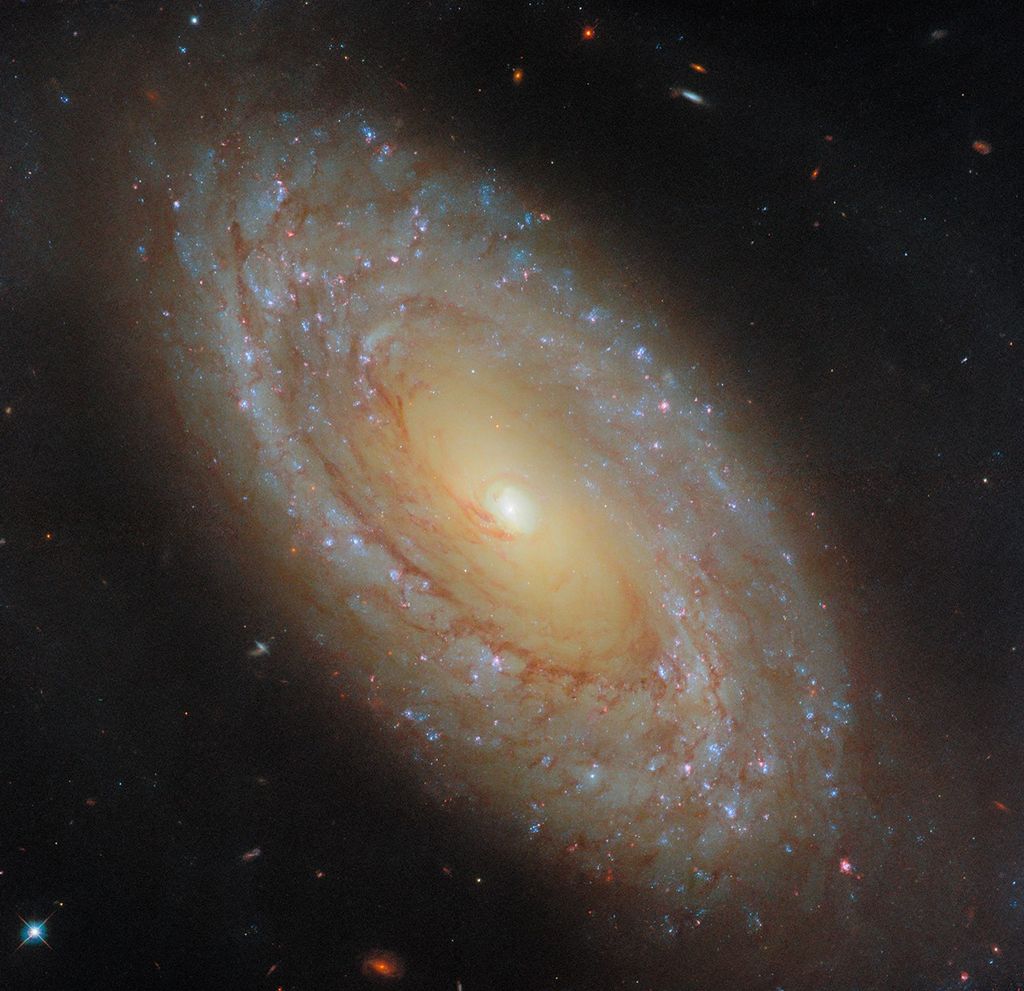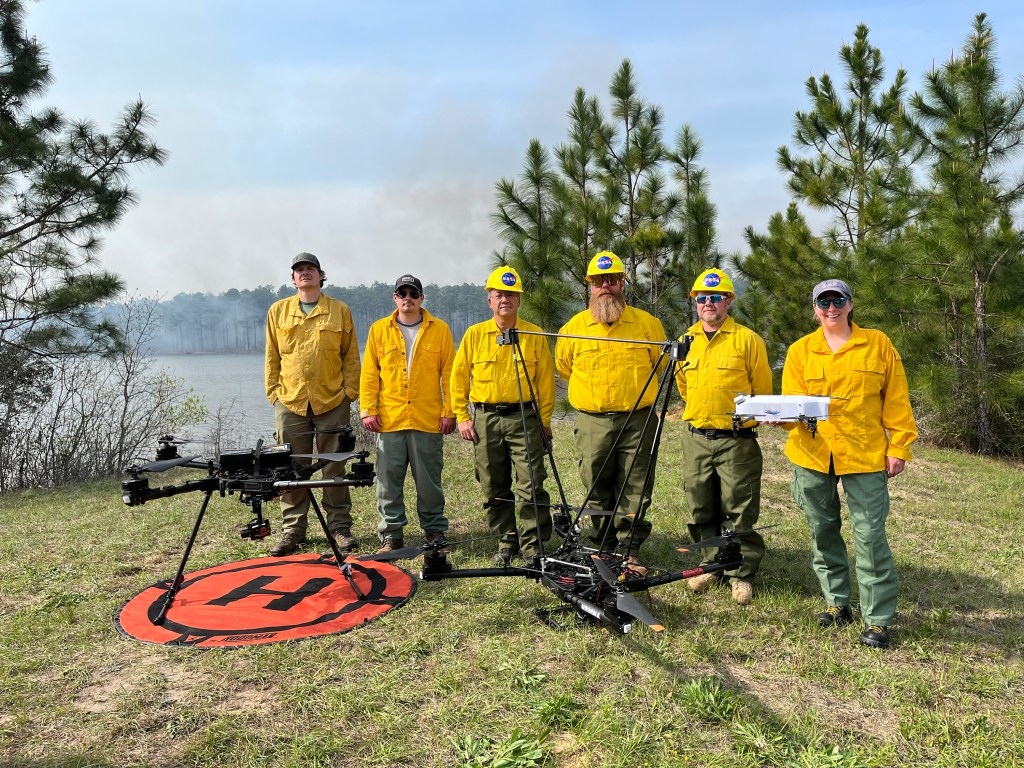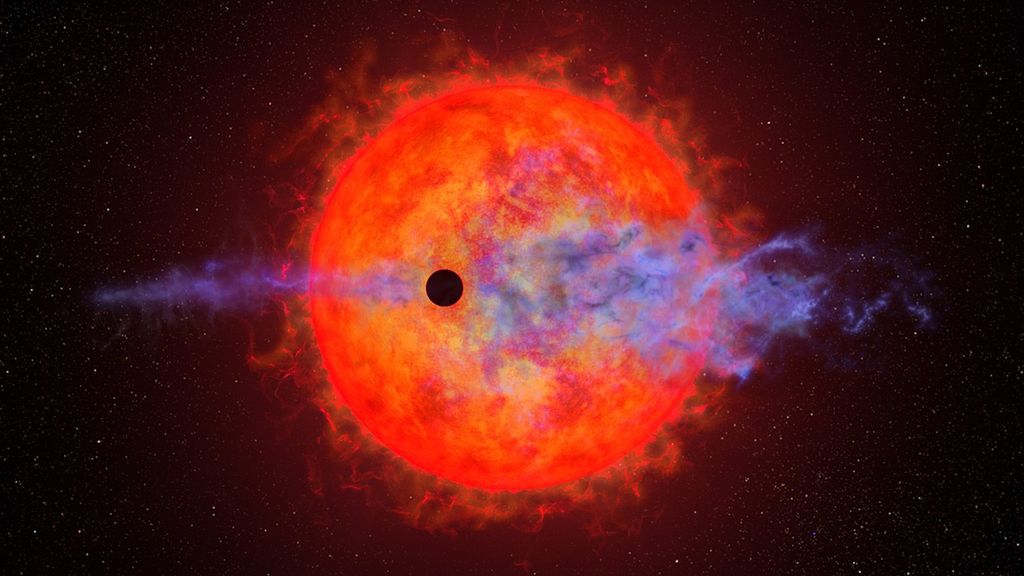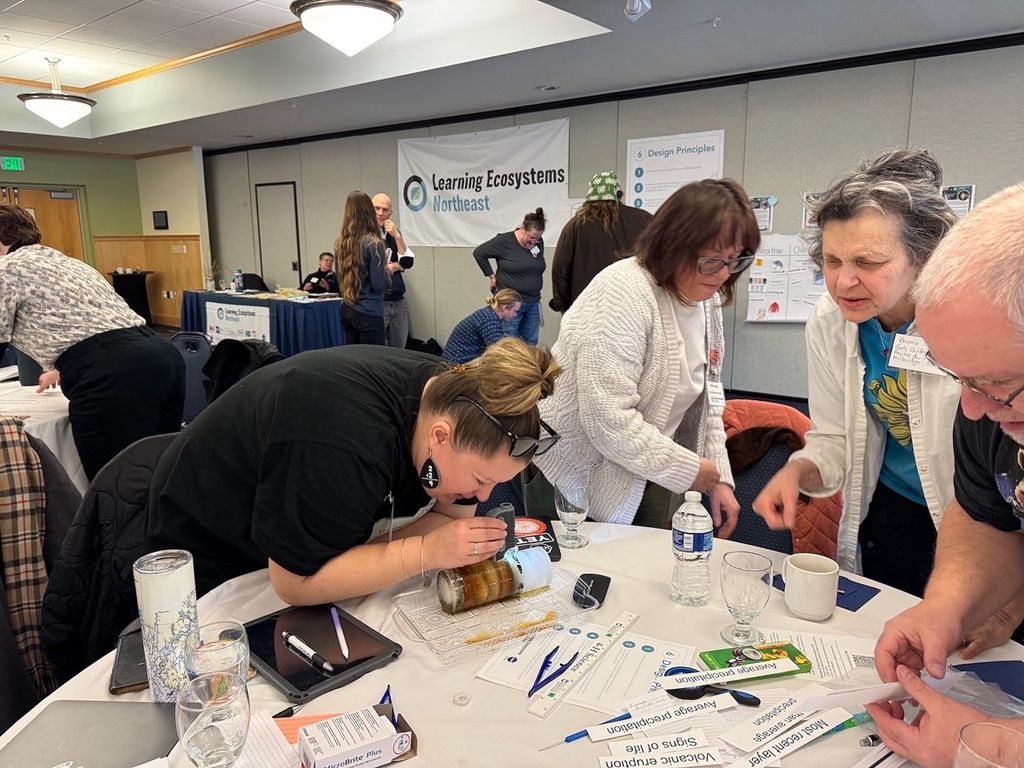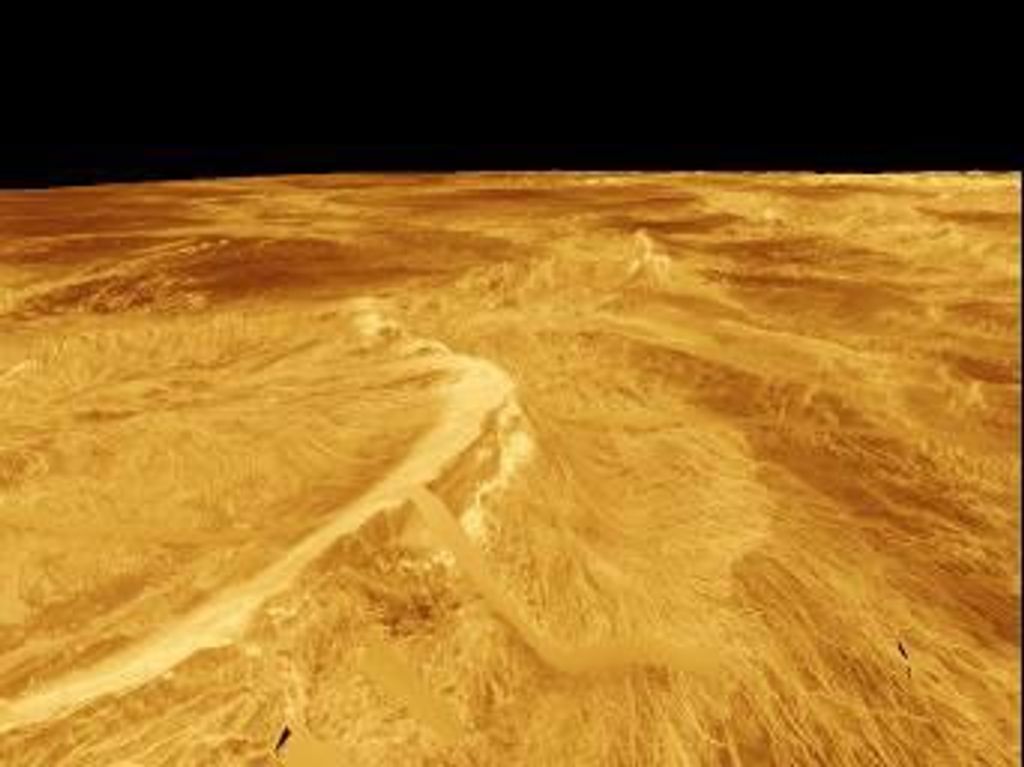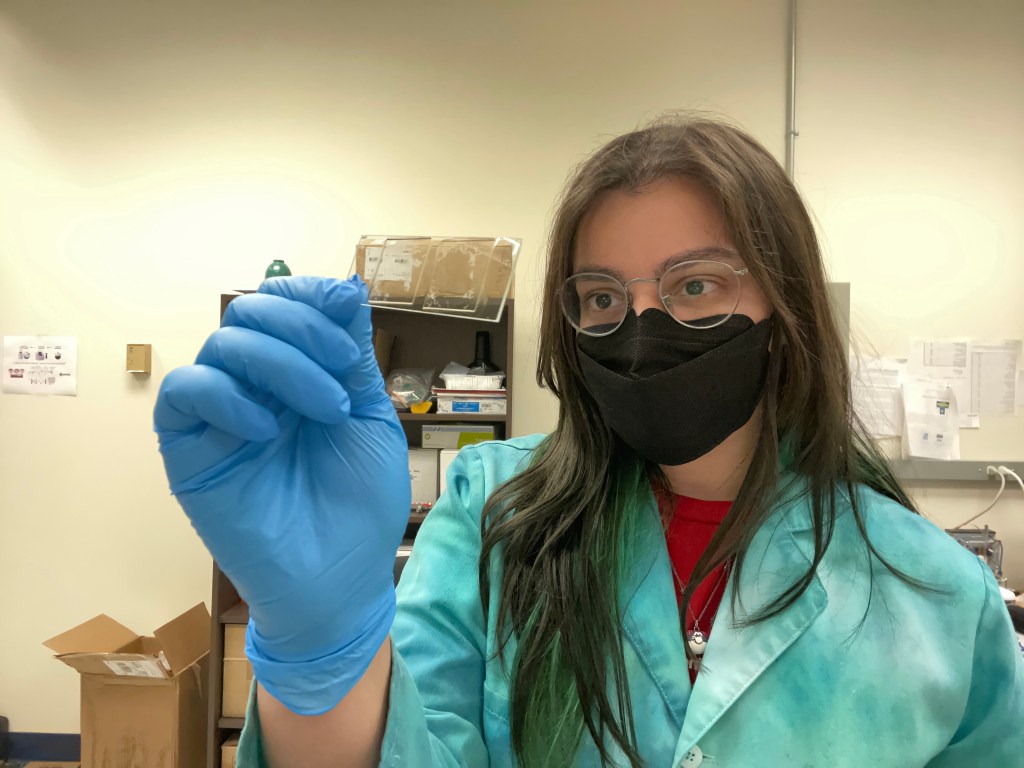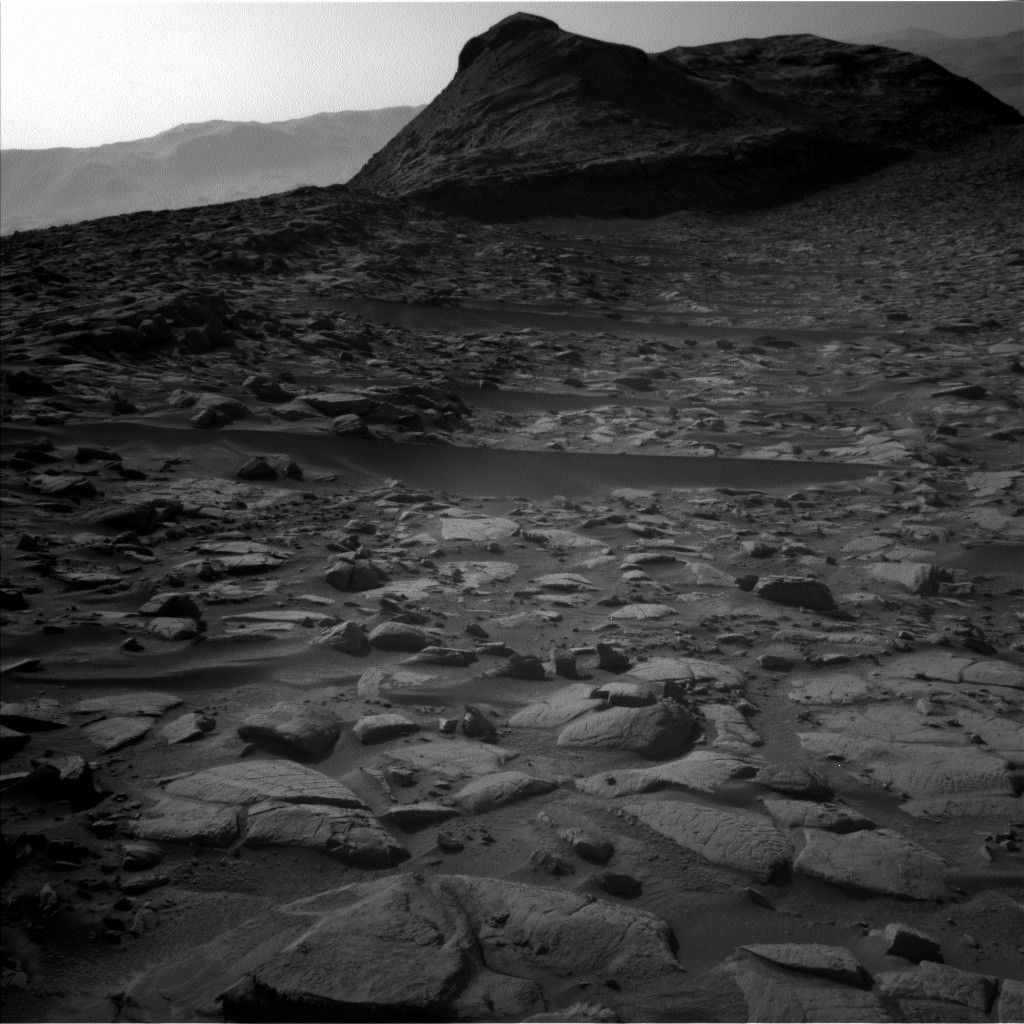
To commemorate the 25th anniversary of NASA’s Chandra X-ray Observatory launch, the Chandra team released this never-seen-before image of NGC 6872, a spiral galaxy in the Pavo (Peacock) constellation, on July 22, 2024. This image and 24 others, which all include data from Chandra, demonstrate how X-ray astronomy explores all corners of the universe.
NGC 6872 is 522,000 light-years across, making it more than five times the size of the Milky Way galaxy; in 2013, astronomers from the United States, Chile, and Brazil found it to be the largest-known spiral galaxy, based on archival data from NASA’s Galaxy Evolution Explorer. This record was surpassed by NGC 262, a galaxy that measures 1.3 million light-years in diameter.
See more photos released for this celebration.
Image credit: X-ray: NASA/CXC/SAO; Optical: NASA/ESA/STScI; Image Processing: NASA/CXC/SAO/J. Schmidt, L. Frattare, and J. Major

